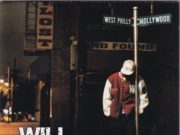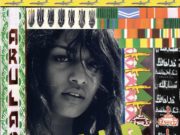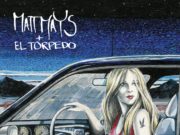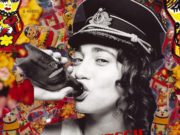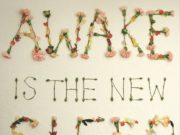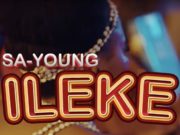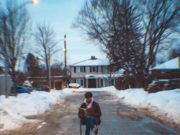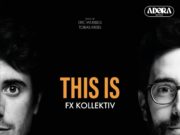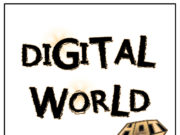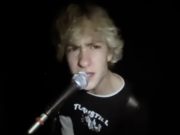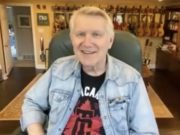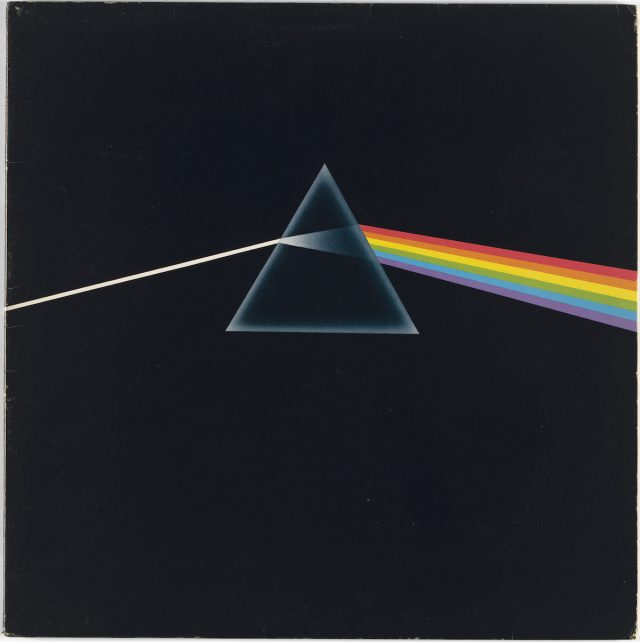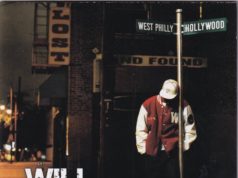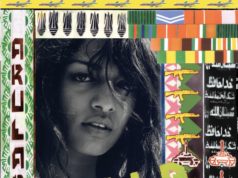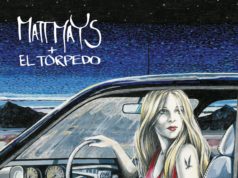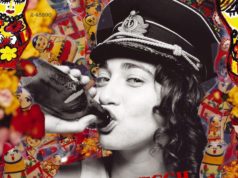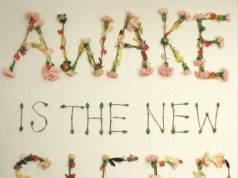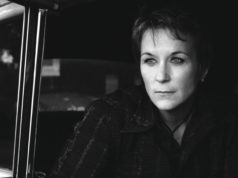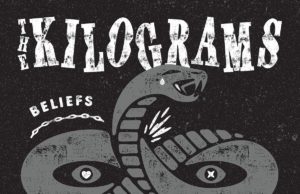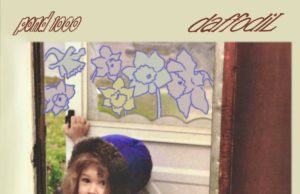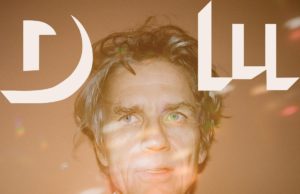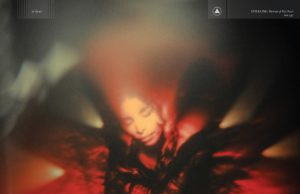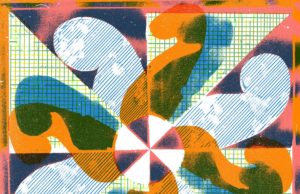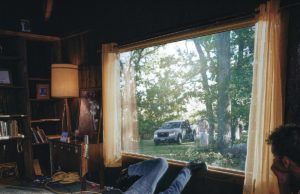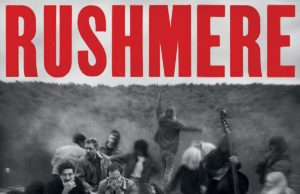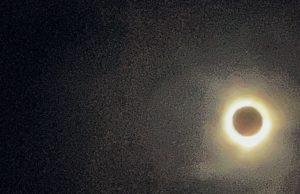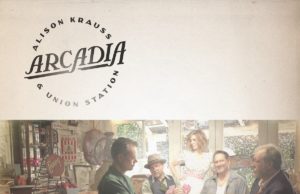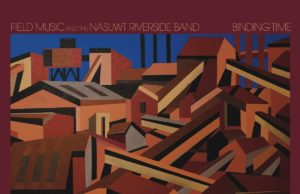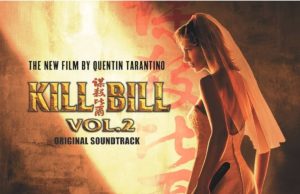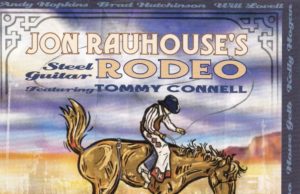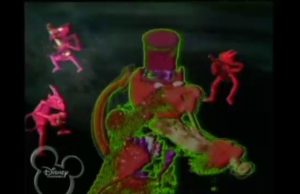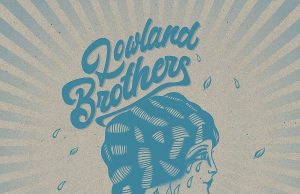 Towards the end of the Dark Side Of The Moon sessions, Roger Waters got the idea to get what the British call vox-pops — clips he could tailor for use as thematically-appropriate sound-ups throughout the album. He devised a questionnaire, which went like this:
Towards the end of the Dark Side Of The Moon sessions, Roger Waters got the idea to get what the British call vox-pops — clips he could tailor for use as thematically-appropriate sound-ups throughout the album. He devised a questionnaire, which went like this:
1. What’s your favourite colour?
2. What is your favourite food?
3. Do you fear death?
4. When was the last time you were violent?
5. Were you in the right?
6. Would you do it again?
7. What does The Dark Side Of The Moon mean to you?
Those who answered included Paul and Linda McCartney, who were working on Red Rose Speedway nearby with Wings. The couple’s responses weren’t used because Rog decided they were too professional, rehearsed and fake. But he did use some of the responses of Wings guitarist Henry McCullough. “I don’t know, I was really drunk at the time,” is Henry.
The others whose responses were used are Patricia Watts (the wife of Floyd’s road manager), who is the “cruisin’ for a bruisin’,” bit. Abbey Road doorman Gerry O’Driscoll is the one who says the last bit on the record: “There is no dark side of the moon, really. Matter of fact, it’s all dark. The only thing that makes it look light is the sun.” Roadies Liverpool Bobby and Chris Adamson were used, but it was roadie Roger “The Hat” Manifold who delivered the classic lines, “Live for today; gone tomorrow. That’s me!” and “If you give them a short, sharp shock, they don’t do it again.”
Here are my responses…
1. Blue
2. Tourtiere
3. Yes
4. July 2020
5. Yes
6. Yes
7. Right now I’m wearing a green, faux-aged $6 Piper At The Gates of Dawn shirt I got from Giant Tiger last week. It’s not their best album.
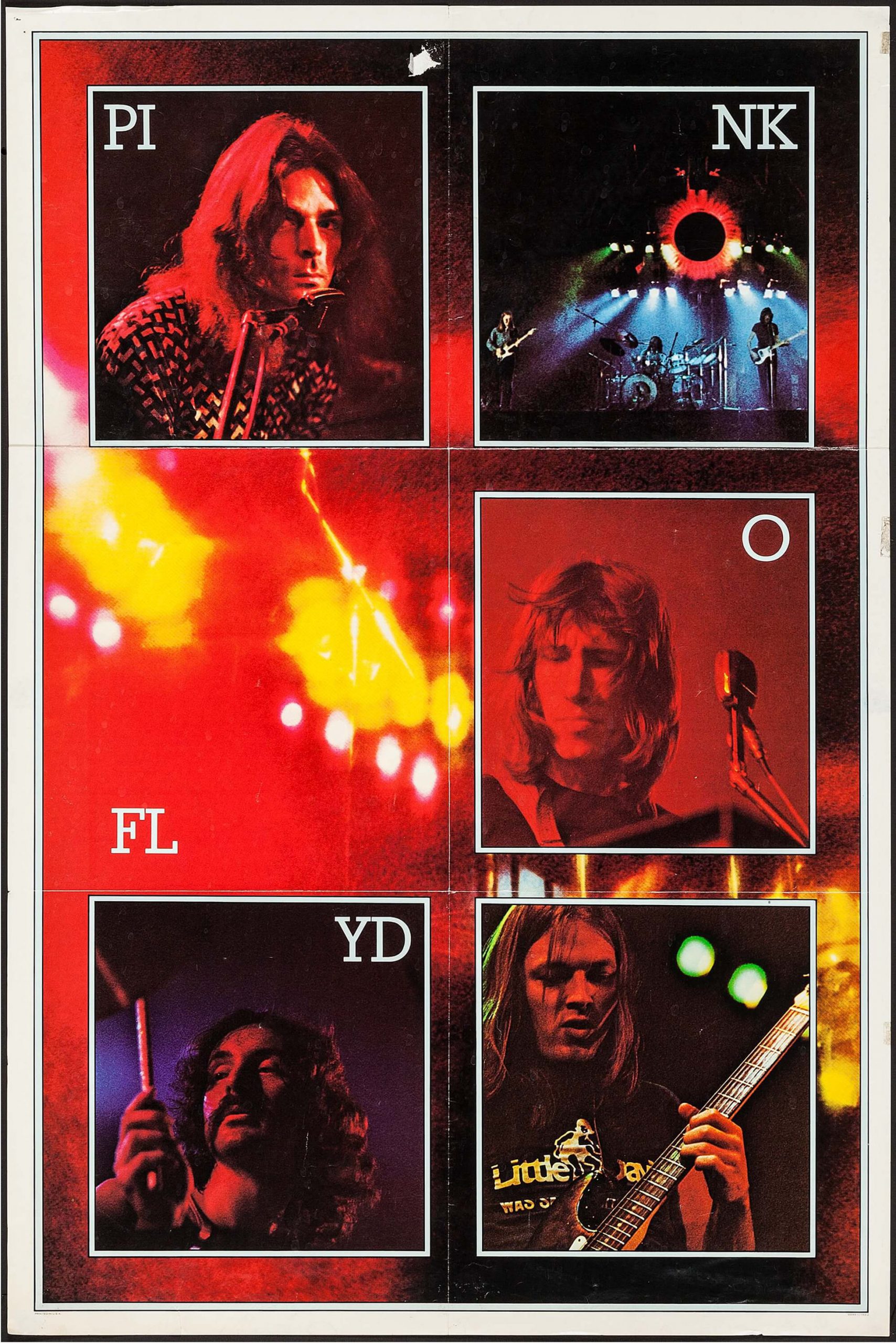
The Dark Side Of The Moon is their best album. I would go so far as to say it’s one of very few perfect albums. I’m going to go into the myriad of reasons why, for me personally, nobody can touch it — not even Waters, who apparently is re-recording the thing like a goddamned idiot. You’re not Jeff Lynne, Rog. Put it down. Walk away. If you forget about the idea, we promise to as well.
This perfect record is 50 years old this month. Soon I will be, too — on April 1. So albums from 1973 have always been a thing with me. People always talk about how 1971 was rock’s best year. I prefer to think 2023 is, but as a kid I did tend to notice and pay special attention to albums from my birth year. Namely among those: Band On The Run, Goodbye Yellow Brick Road, Aladdin Sane, Quadrophenia, Sabbath Bloody Sabbath, Billion Dollar Babies, Tres Hombres, Headhunters (yeah, it’s jazz), Houses Of The Holy, Aerosmith and Over-Nite Sensation.
Not a bad batch, but none of those is as flawless or timeless as Dark Side. So it has the same birthday as me. What else? Mystery. I spotted George Hardie’s iconic sleeve in my brother’s record collection long before I knew what it was. It’s captivating and strangely menacing — black, with no text at all apart from on the spine. The simple but brilliant artwork shows a beam of white light striking the left side of a prism and being transformed into a rainbow coming out the right side. Incidentally, there’s no purple in that rainbow.
The beam of white light extends all the way around to the back cover where the artwork is inverted. When you open the gatefold sleeve, the rainbow light turns into the shape of a heartbeat when seen in an electrocardiogram — because the album starts and ends with a heartbeat. Well, it’s supposed to be a heartbeat. A real one didn’t sound real enough, so they used a padded kick drum. This was actually done years earlier and used on the Zabriskie Point soundtrack. Also, this “heartbeat” is too slow. A human heartbeat is around 72 bpm, which would have sounded too anxious for what the band envisioned, which was birth.
All this happens in the opening track Speak To Me, which has a throwaway title similar to Tomorrow Never Knows by The Beatles. Originally called The Void, “tomorrow never knows” was a Ringo-ism that had nothing to do with John Lennon’s one-chord heavy vamp on Timothy Leary’s interpretation on the Tibetan Book Of The Dead. “Speak to me” is what engineer Alan Parsons used to say whenever someone was testing a mic. It’s one of only two Pink Floyd songs credited solely to Nick Mason, even though Waters claims he wrote it and just gave the credit to Mason as a gift. They really could be assholes, these guys. (The other Mason song is The Grand Vizier’s Garden Party on Ummagumma.)
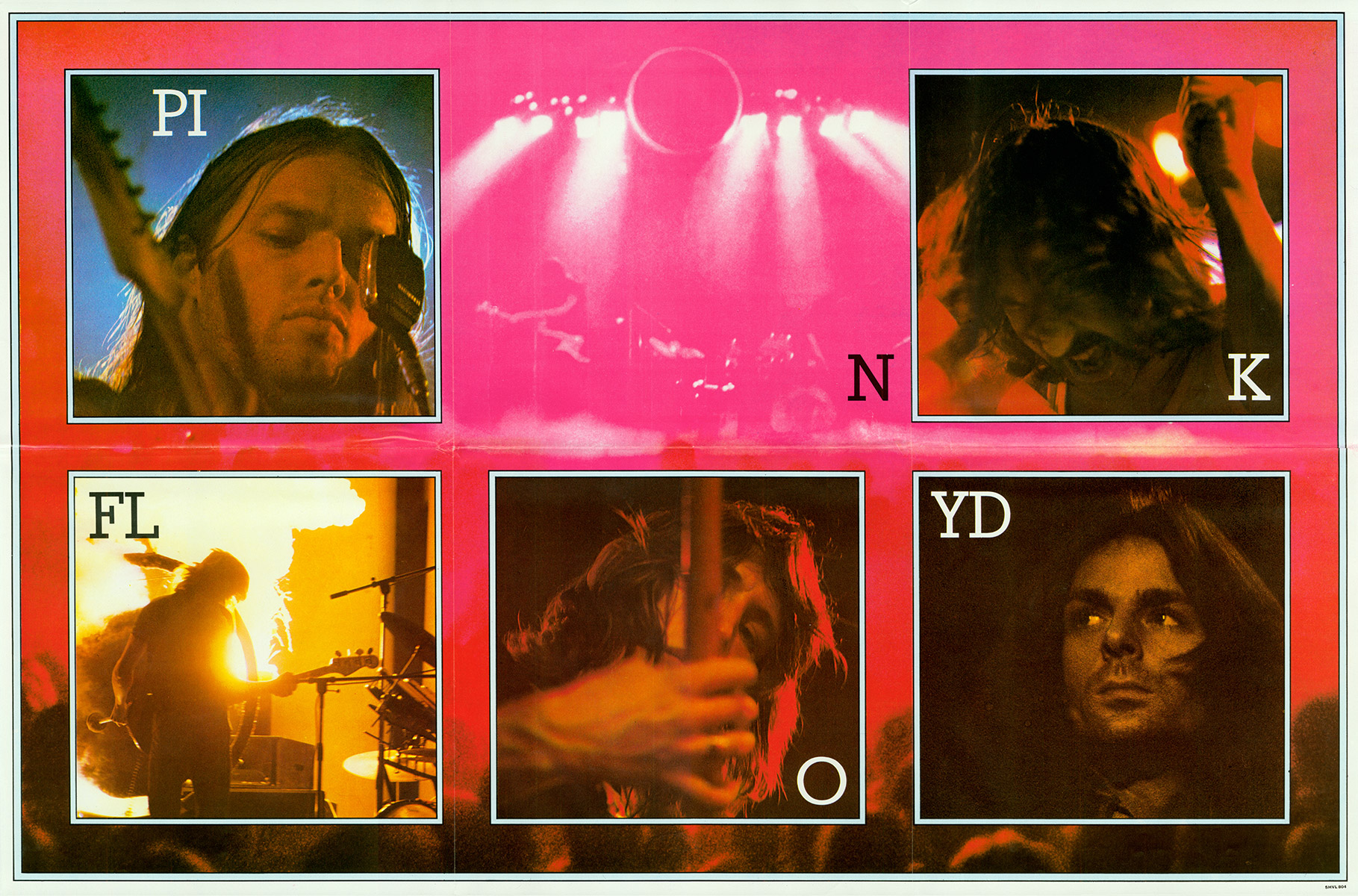
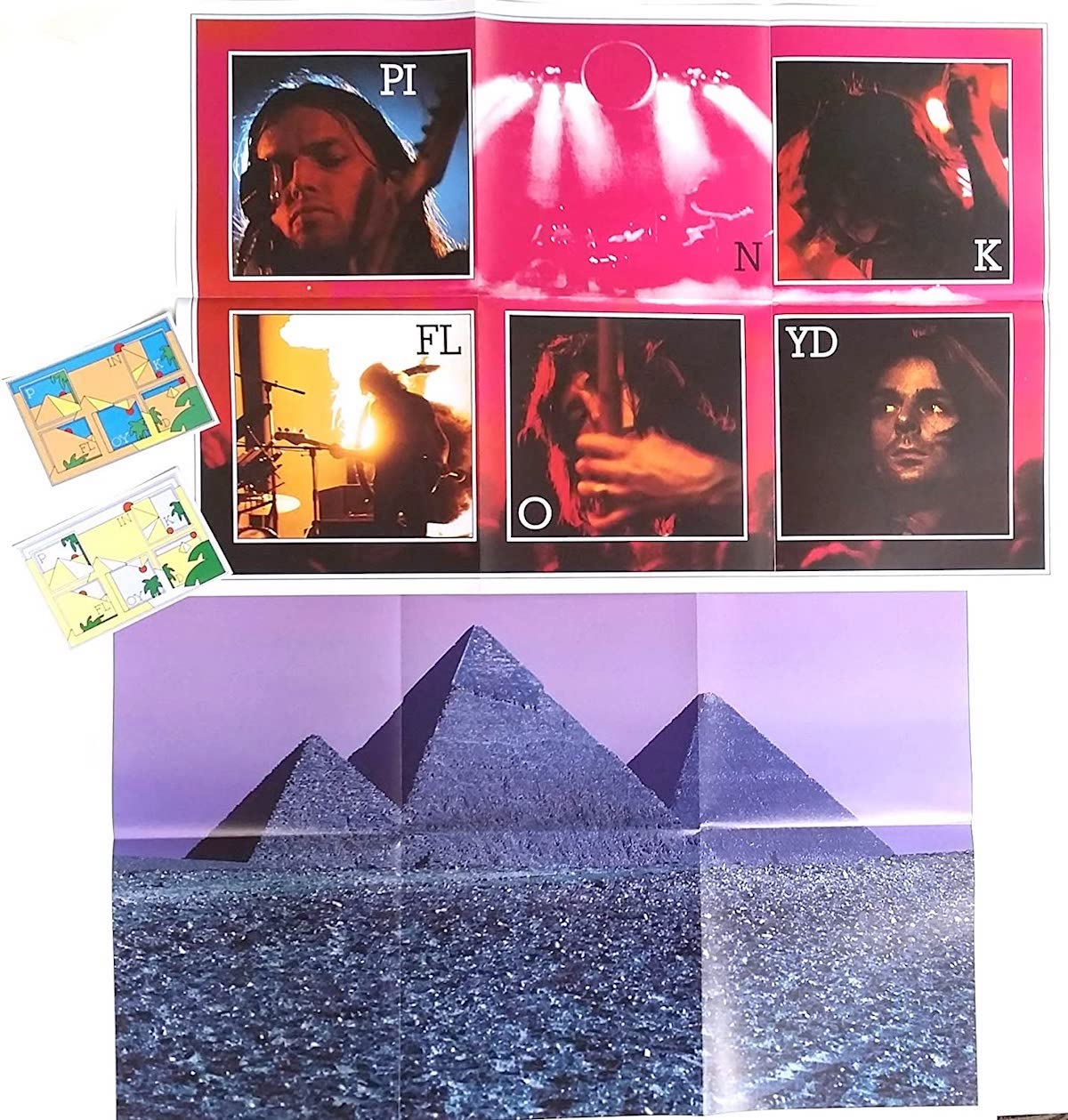
Speak To Me is a sort of overture, containing bits and pieces of sound effect and vocal elements to come, like Clare Torry’s scream from The Great Gig In The Sky, a cash register from Money, an alarm clock from Time and snippets of those Q&A sessions Waters did with people around the studio. This short instrumental crescendos with screaming and a backward cymbal into the lustrous, mellow beauty of Breathe — the tone of which dominates the rest of the first side of the album. Lap steel guitar, layers of keyboards, Fender bass and perfectly captured drums sounds and vocals. It’s impossible to overstate just how well-recorded the album was. I have a mid-’70s quadraphonic copy which is simply astonishing.
But it’s not just the music, it’s the whole package. I mentioned the sleeve artwork, but as a former newspaper paginator, I even love the typefaces used. The hype sticker in uppercase Rockwell Monotype 1934 and the liner notes and lyrics in the ever-popular Futura (or at least I’m pretty sure it’s Futura) which you’ll see on other albums like Venus & Mars.
Then there are the two posters — a horizontal one of an infrared photo of the Great Pyramids of Giza done by Hipgnosis’ Storm Thorgerson and Aubrey “Po” Powell. Po is the man behind the current Their Mortal Remains exhibition. He also took the photos on the cover of Wish You Were Here, Atom Heart Mother and Houses Of The Holy. But, on the occasion of the Giza shoot, he had food poisoning, so Thorgerson shot it himself between 2 a.m. and 4 a.m. alone in the moonlit desert.
The other poster is one of the band performing live, with each member in individual squares or the six-section poster. They actually had to redo this poster because the photos were flipped, giving the impression both guitarist David Gilmour and Waters were left-handed. So, that’s all cool, but so too is the fact that, originally, the posters were different depending on where you lived. In Canada, for example, we got a green pyramid poster and a vertical band poster. In the U.K., the pyramids were blue and the band poster was horizontal. The 2014 reissues of the album included the U.K.-type posters for everyone.
But there’s more — two stickers by graphic artist Hardie, who was the primary artist behind the cover as well. The stickers are classic Hardie. He also did the cover of the first Led Zeppelin record, but the sticker art is what he’s more known for. You’ll also see this stuff on Technical Ecstasy by Black Sabbath, Futurama by Be-Bop Deluxe, the Wish You Were Here hype sticker and from the titles and liner notes for The Lamb Lies Down On Broadway by Genesis. My partner (and artist) Chelle Lorenzen paid tribute to Hardie with the artwork for my 2022 Area Resident album Polycanard. So there’s no better album artwork in rock. Period. Incredible album package.
The title is also inspired. This was the glam age, and everyone was doing songs about space. But Floyd found a way to include outer space without rocket men, warm jets, night flights to Venus, pigs of Uranus, spiders from Mars, or spaceship superstars. It’s a concept album about death which isn’t at all depressing. Not only does it have a Mason songwriting credit, but it also has the last two great songs penned by Rick Wright — Us And Them, which was a castoff from Zabriskie Point called The Violent Sequence.
Wright also wrote the soaring, beautiful The Great Gig In The Sky, which features then-unknown Torry’s astounding vocal performance. It’s actually an edit of the three takes she did — instructed to “think about death” and improvise. The second take was the most emotional one. She was just 25 years old and was recommended by Parsons.
The album has an anthem — Time, with its ticking clocks, alarms and rototom intro giving way to a very great rock song and perhaps one of the first epic Gilmour guitar solos. You get way more of this kind of soloing in the album’s “hit” Money. A quiet tribute to Booker T. and the M.G.’s, the catchy, bass-led 7/4 bona fide classic has top-shelf Gilmour. His solo is the only part of the song in 4/4 time.
But the album’s crowning achievements in songwriting are the final two songs — Brain Damage and Eclipse. Roger wrote about mental illness exceptionally well. Or effectively at least. He also sings the shit out of these and his bass playing in Eclipse makes me want to jam like nothing else. Just watch the clip of him recording it, included in the film Live At Pompeii. It’s a damn fine lyric as well. Simple, poetic and iconic. There aren’t many better album endings than this — maybe Abbey Road is close with The End. A Day In The Life is awesome, of course. Curtains by Elton John is not bad.
And even though McCartney was cut from the vox-pops, he kind of makes his way into the fade-out. While Roger recorded the Abbey Road doorman saying “There is no Dark Side Of The Moon, really…” some speaker or radio in the background is playing an orchestral version of Ticket To Ride. You can just make it out. It might be this:
But truthfully, nobody really knows for certain which version it is, except that it’s not the Vanilla Fudge cover, nor the George Martin version from the Help! soundtrack, nor the string-laden cover by The Carpenters.
Who knows. Don’t be afraid to care.
• • •
Area Resident is an Ottawa-based journalist, recording artist, music collector and re-seller. Hear (and buy) his music on Bandcamp, email him HERE, follow him on Instagram and check him out on Discogs.


